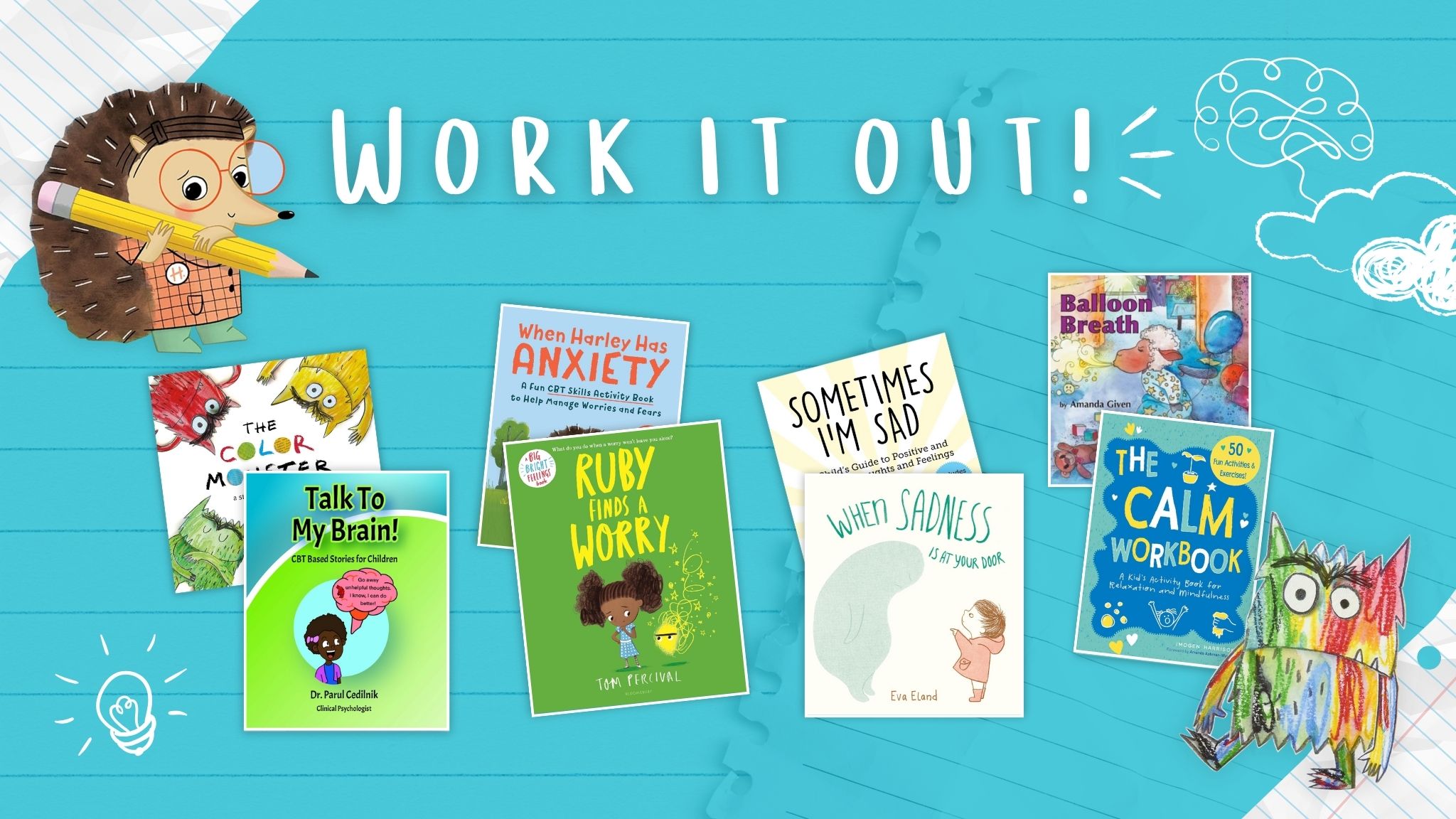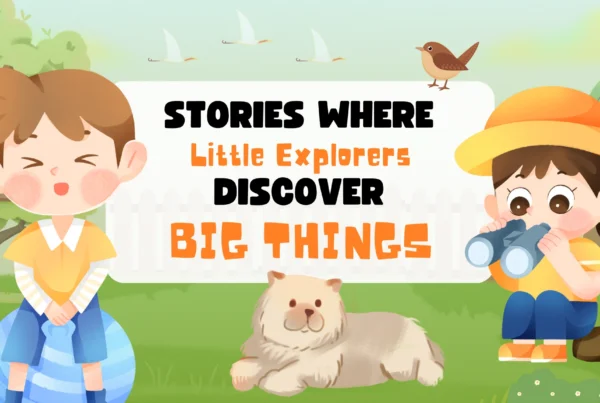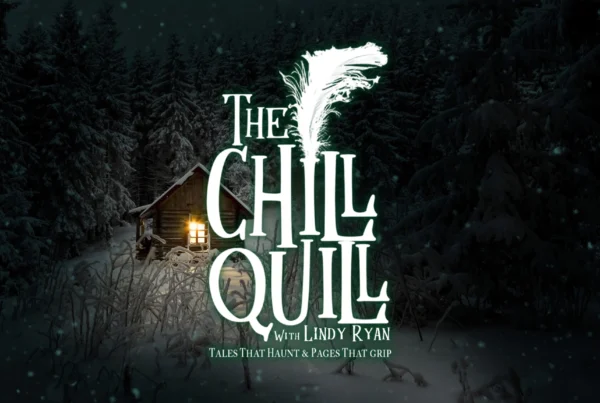With gentle parenting on the rise, our society is learning more and more about the importance of acknowledging big feelings in tiny humans! Children’s brains may expand at an incredible rate as they take in new information and lessons all around them, but they sometimes struggle to verbalize and communicate their emotions. That lack of vocabulary can lead to frustrations, anxieties and, yes, the dreaded meltdown.
Luckily, more and more supportive new guides are coming out every day, all designed to provide kids with the tools they need to tackle these challenging emotions. Today we’ve selected a blend of picture books, short stories and activity workbooks so you can make sure the children in your life have the support they need to flourish and grow into the best version of themselves.
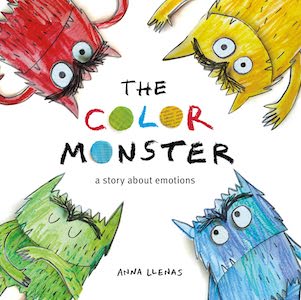
The Color Monster by Anna Llenas
In this international bestseller, Color Monster wakes up to find himself feeling every sort of emotion at once, his entire appearance is a snarl of scribbles in every color. Luckily, a patient friend is there to help him go through the colors one at a time, identifying them with the corresponding emotion — red for anger, blue for sadness, yellow for happiness. With all his emotions untangled and sorted, Color Monster is able to identify how he feels — and with his example, so too can young readers. Wrapped in engaging cut-paper illustrations, at its core The Color Monster is a vital tool in teaching children to name their emotions and understand and voice their thoughts and concerns. After all, “even little monsters have big feelings!”
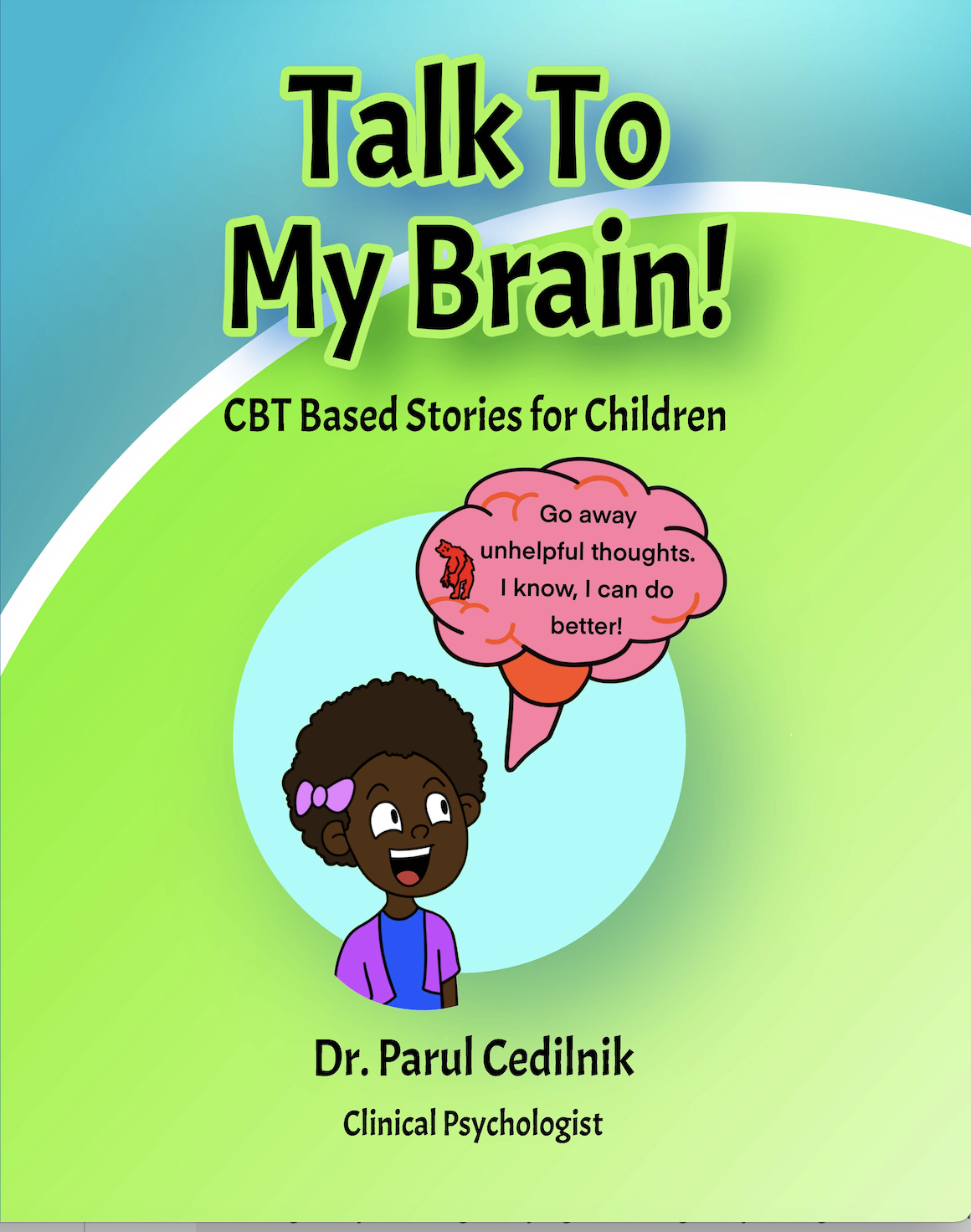
Talk to My Brain: CBT Based Stories for Children by Dr. Parul Cedilnik
Cognitive Behavioral Therapy, or CBT for short, is a tried-and-true psychology method that’s helped countless people find actionable ways to improve their mental health. The question is, how does one teach these sorts of techniques in a way children will find interesting?
Dr. Parul Cedilnik, a clinical child’s psychologist of over 25 years (and a mom herself!), has the answer. Her short story collection Talk to My Brain features six stories with engaging protagonists and realistic challenges in kids’ day-to-day lives. From Shina’s nerves over her upcoming piano recital to Kevin’s discouragement when he struggles with an assignment, each story is packed full of relatable situations that readers are sure to identify with.
Each story is also accompanied by a supplementary discussion guide designed for parents, guardians and educators to go over each lesson and method — providing children with techniques that will aid them in becoming confident, adaptable and self-assured, ready to take on whatever comes their way.
For more information on Talk to My Brain, read our full review here.
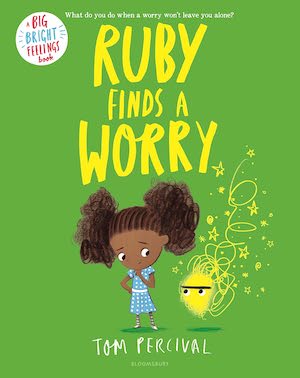
Ruby Finds a Worry by Tom Percival
Ruby Finds a Worry introduces us to — you guessed it, Ruby and a Worry! At first, the Worry is so small, Ruby thinks it isn’t worth mentioning. But as time goes on, the Worry grows and grows until suddenly it’s all she can see. It’s only when Ruby talks to a fellow worrier that she realizes how much it helps to voice her anxiety. Suddenly, that big Worry doesn’t seem quite so scary.
As part of the Big Bright Feelings series, this children’s book skillfully depicts the way anxieties can grow and spiral out of control until they seem to take over. But it also shows young readers that sharing our feelings helps us put these worries into perspective, rather than letting them grow unchecked, and gives our loved ones the opportunity to support us.
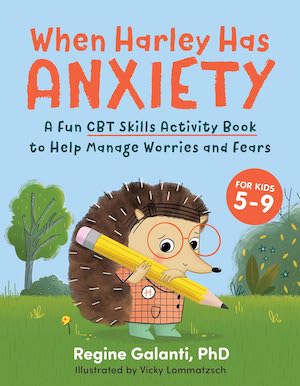
When Harley Has Anxiety: A Fun CBT Skills Activity Book to Help Manage Worries and Fears by Regine Galanti PhD, illustrated by Vicky Lommatzsch
Focusing solely on anxiety, this workbook gives kids the tools and vocabulary they need to voice their fears and “be the boss of their brains.” When Harley Has Anxiety uses its lovable and adorable protagonist to guide young readers through coping mechanisms, personal goals and over 45 activities, all meant to help them face their fears.
A licensed psychologist with a focus on treating children and teens with anxiety, Dr. Regine Galanti strives to implement CBT techniques throughout Harley’s various activities, all while maintaining a fun and positive outlook. Using these short-term, practical strategies, kids can practice the mindfulness and determination that will help them grow into their more confident, self-assured selves.
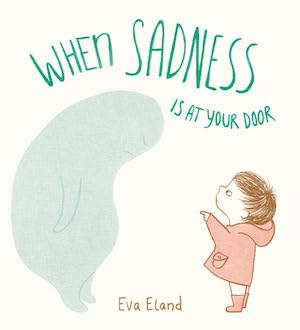
When Sadness is at Your Door by Eva Eland
For young children, a powerful, lingering emotion like sadness can feel overwhelming and hard to manage, and suggestions to “get over it” or to label it as “bad” might make them feel even worse. Thoughtful and empathetic, When Sadness is at Your Door introduces children to the concept of sadness not as a something to be frightened of, but instead a guest and companion that deserves respect. Quiet illustrations model how young readers can sit with their sadness, respecting and listening to what it has to say, before going about activities that might help alleviate it. Viewing sadness as a guest helps readers understand that while the emotion may stick around for a bit, it won’t stay forever.
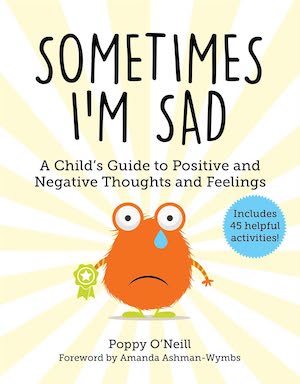
Sometimes I’m Sad: A Child’s Guide to Positive and Negative Thoughts and Feelings by Poppy O’Neill
Sometimes, all we need is a little guidance to get on the right track. And when it comes to something like low self-worth, it’s important to curb that behavior early and get kids the support and techniques they need. Luckily, Chip is there for them — a friendly, relatable little creature who is struggling with the same problems as prospective readers. Sometimes I’m Sad gives kids the model they need to work through tips, tricks, positive affirmations and practical information. And with prompts like “positivity scavenger hunt,” “mood tracker” and “room for all my emotions,” Chip and young readers will find the fun in these activities together, all while building up their confidence and self-worth.
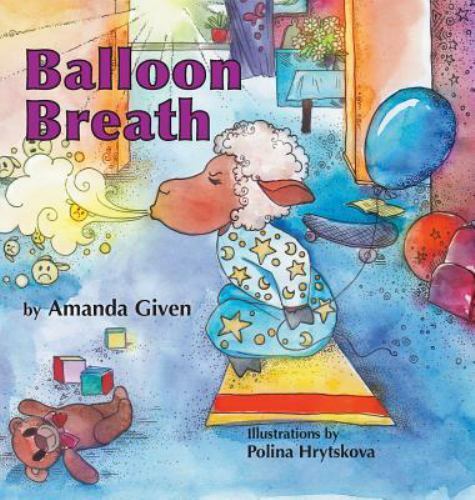
Balloon Breath by Amanda Given, illustrated by Polina Hrytskova
Lonnie the lamb is mad, mad, mad. His brother Curly has been a pain all day, from stealing Lonnie’s blanket to hogging the TV. Luckily, Lonnie’s babysitter Scarlett has just the trick — a balloon breath. “Sit criss cross applesauce,” she tells him. “Take a DEEP breath in. That’s it. Now exhale all the air out.”
As Scarlett tells Lonnie to breathe out all his anger and frustration, young readers get a perfect example of how to be in-tune with their emotions and manage their frustration in a healthy way. And as both a child speech pathologist and yoga instructor, author Amanda Given knows what she’s talking about when it comes to guiding kids through relaxation techniques. “I wrote my book to help children and their caregivers manage their big emotions,” she shares. “[Lonnie’s] always there to remind you to inhale and exhale.”
To read more about Balloon Breath, check out our full review, as well as an interview with the author herself.
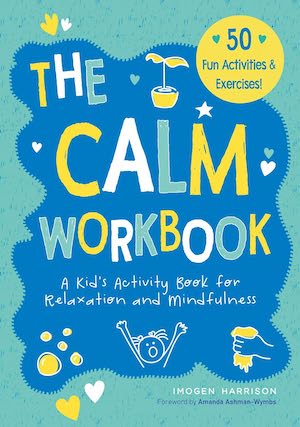
The Calm Workbook: A Kid’s Activity Book for Relaxation and Mindfulness by Imogen Harrison
Sometimes, what we all really need is to just chill out, adults and children alike. But while anger, frustration or upset aren’t pleasant to deal with, sometimes those big feelings overwhelm kids until they feel like that’s all they can experience in the moment. In such times of negativity, it can be hard for them to change course and find relaxation and positivity — but that doesn’t mean it’s impossible.
If you’re looking to teach the way of zen to a child in your life, The Calm Workbook is here to help. Its soothing activity prompts are designed to help children find peace in the wake of powerful emotions, through challenges like creating a power-down routine, or dispelling anxiety through mindful breathing and a listening game. And who knows? Maybe adults can pick up some relaxation techniques along the way, too!
